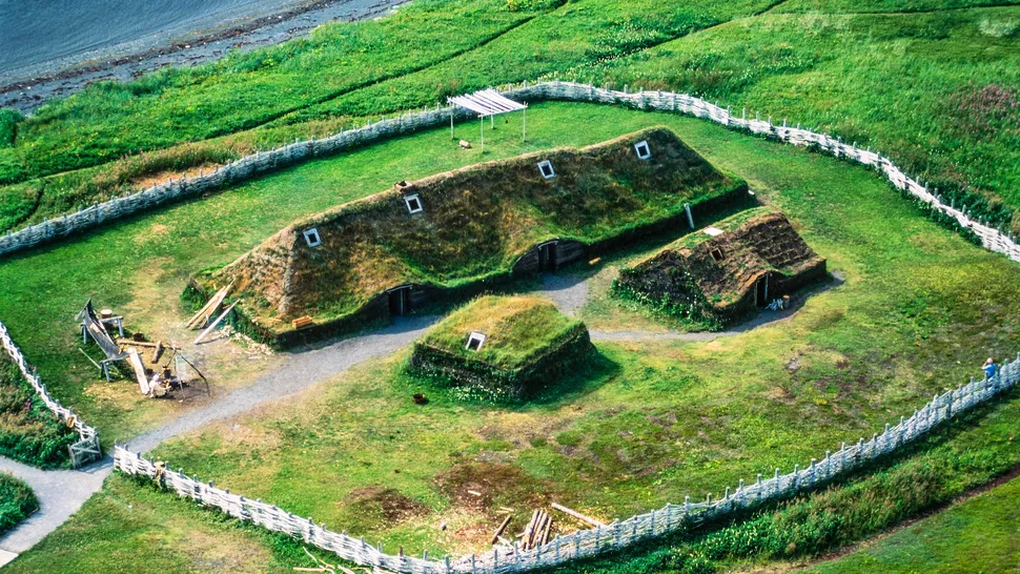
By the time Columbus arrived in what is now the Americas in 1492, Native Americans had been there for tens of thousands of years. Vikings had been there for about 500 years, and Polynesians may have made voyages there before Columbus.
So, who were the first people to discover America?
The first people to set foot in America
The first people to set foot in the Western Hemisphere were Native Americans, descendants of an ancestral group that included ancient North Siberians and East Asians. They moved along the Bering land bridge by land or sea.
When the first Americans arrived there remains a matter of debate.
Several studies have found fossilized human footprints in White Sands National Park in New Mexico dating back to about 21,000 to 23,000 years ago. This was the coldest part of the last ice age (which lasted from about 26,500 to 19,000 years ago), when the northern part of the continent was covered by glaciers and ice sheets.
Some studies have suggested that traces of humans there are even earlier. For example, one study dated stone artifacts in Chiquihuite Cave, Mexico, to more than 30,000 years old.
However, it is still unclear whether humans actually created these rocks or if they were formed naturally that way. So this claim is still not completely convincing.
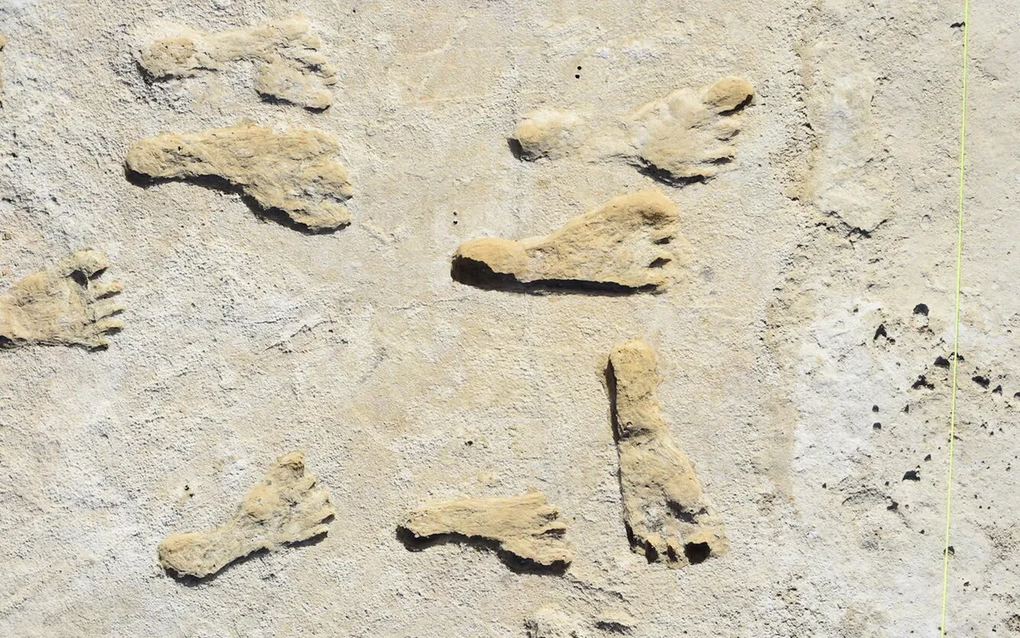
In 2017, a study published in the journal Nature found that humans had impacted mammoth bones in California about 130,000 years ago, indicating that human presence there was much older than the time Columbus set foot on this land.
However, other experts have suggested that natural events or other animals may have modified the California elephant tooth bones.
Vikings in the Western Hemisphere
Vikings traveled to the western hemisphere in the 11th century, some 500 years before Columbus, even establishing a base at L'Anse aux Meadows on the northern tip of Newfoundland.
There is some evidence of such voyages in Icelandic epics written by descendants of Vikings in the 13th and 14th centuries.
According to Kevin McAleese, director of the Rooms Provincial Museum in St. John's, Newfoundland and Labrador, who has done extensive research on Vikings, in "The Tale of Erik the Red," a merchant named Bjarni Herjólfsson and his crew may have been the first Vikings to set foot in North America in the late 10th century.
Legend has it that the crew was blown off course by winds while trying to reach Greenland and ended up sailing along the coast of what is likely North America. Herjólfsson decided not to make landfall, but instead skimmed the coast before heading for Greenland.
However, Mr. McAleese also said there is another Greenland story that says Leif Erikson was the first Viking to reach North America in the late 10th century and made several voyages there.
Regardless of which Vikings were the first to reach North America, Norse stories suggest that any attempt at colonization was thwarted because the Vikings had hostile relationships with Native American groups and were outnumbered by them.
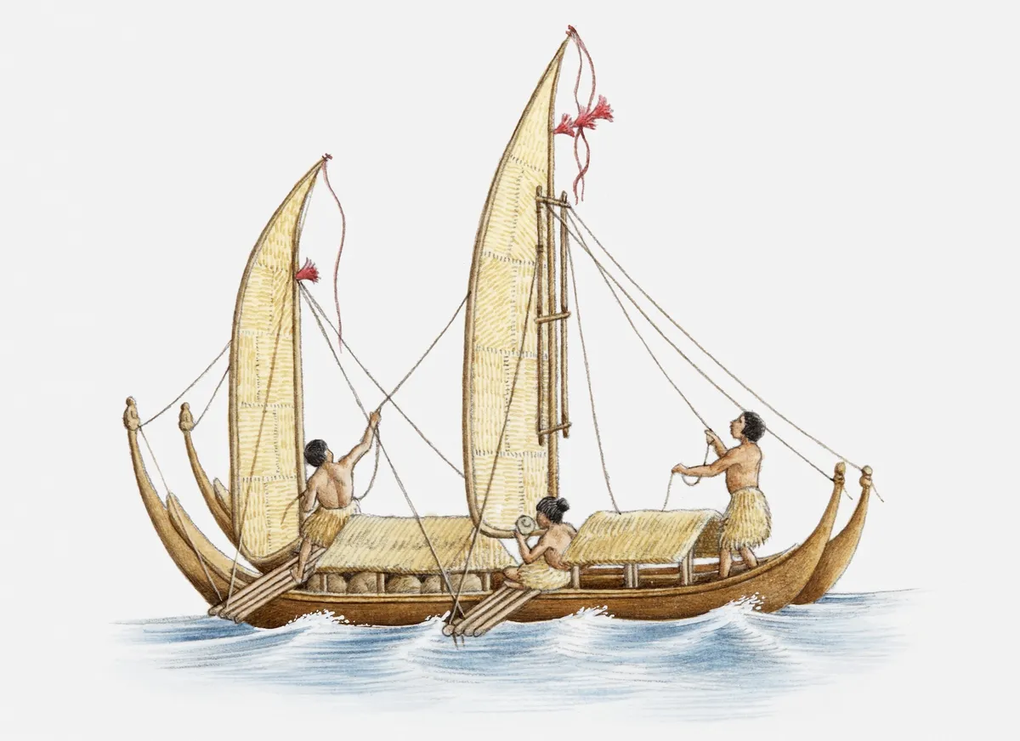
Polynesian voyages?
Polynesians may have traveled to the Western Hemisphere centuries before Columbus arrived. In 2020, a DNA study found that Polynesians and Native Americans – possibly from what is now Colombia – lived together about 800 years ago.
However, this DNA trace does not confirm that the bloodline interbreeding was due to Polynesians sailing to the Western Hemisphere or Western Hemisphere people sailing to the Polynesian islands.
Many Western Hemisphere crops, such as sweet potatoes, have been found in Polynesia, fueling debate about whether they were introduced to the islands by humans or ocean currents. A 2024 study analyzing plants from Easter Island found that islanders were eating plants native to South America around 1,000 years ago.
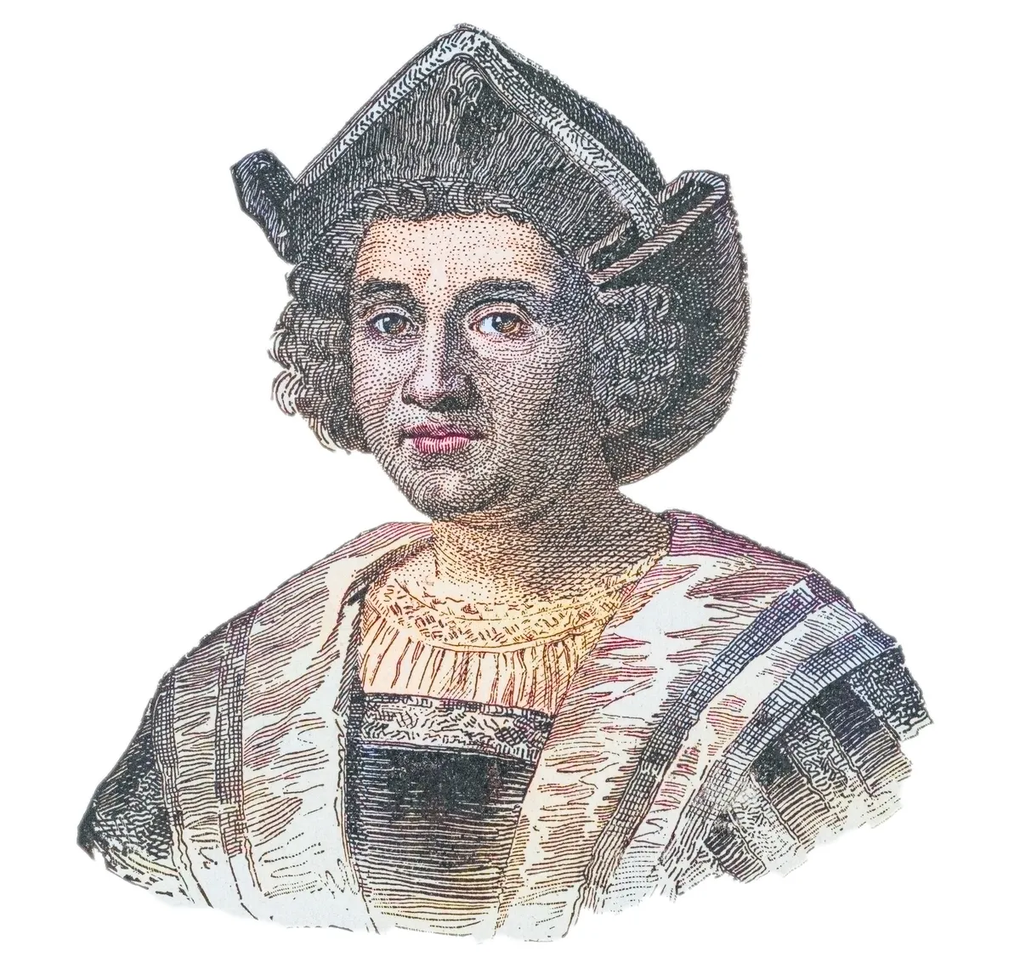
Christopher Columbus
Although Columbus is famous for his voyages to the western hemisphere, he claimed that the lands he visited were all in Asia.
“He staked his reputation on the hope that he would reach Asia,” said Ida Altman, a history professor at the University of Florida. “That’s why so many people paid for his voyages, and that made it difficult for him to back out.”
Additionally, Columbus was motivated by the promise from the Spanish court that they would grant him great titles and a share of the wealth gained from trade in Asia if he actually found a new route to Asia.
Columbus's position may have changed somewhat later in life. "His position was not entirely consistent, and in some of his later writings he referred to the Americas as a kind of 'paradise' that he had found, implying that it was a new region for Europeans," said Anna Suranyi, a history professor at Endicott College in Massachusetts.
Regardless of Columbus' beliefs, the impact his voyage had on the world was enormous. With the Native American populations exposed to European-introduced diseases and European conquest, new nations eventually emerged in the Americas.
Source: https://dantri.com.vn/khoa-hoc/ai-la-nguoi-tim-ra-chau-my-20251113022954852.htm




![[Photo] Highways passing through Dong Nai](https://vphoto.vietnam.vn/thumb/1200x675/vietnam/resource/IMAGE/2025/11/12/1762940149627_ndo_br_1-resize-5756-jpg.webp)
![[Photo] Prime Minister Pham Minh Chinh attends a conference to review one year of deploying forces to participate in protecting security and order at the grassroots level.](https://vphoto.vietnam.vn/thumb/1200x675/vietnam/resource/IMAGE/2025/11/12/1762957553775_dsc-2379-jpg.webp)









































































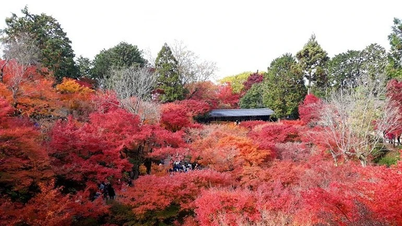






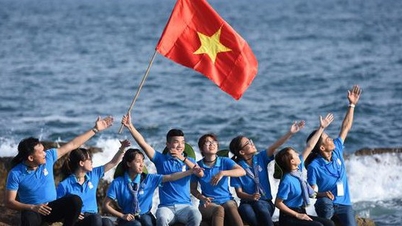



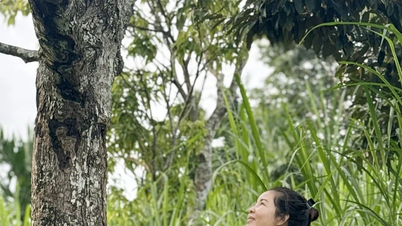

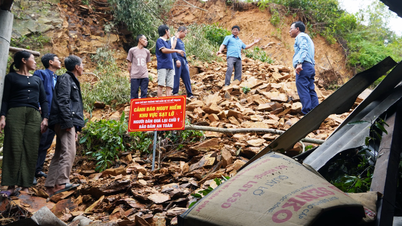


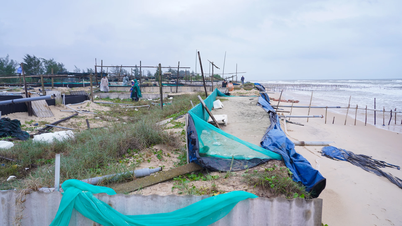








![Dong Nai OCOP transition: [Article 3] Linking tourism with OCOP product consumption](https://vphoto.vietnam.vn/thumb/402x226/vietnam/resource/IMAGE/2025/11/10/1762739199309_1324-2740-7_n-162543_981.jpeg)







Comment (0)